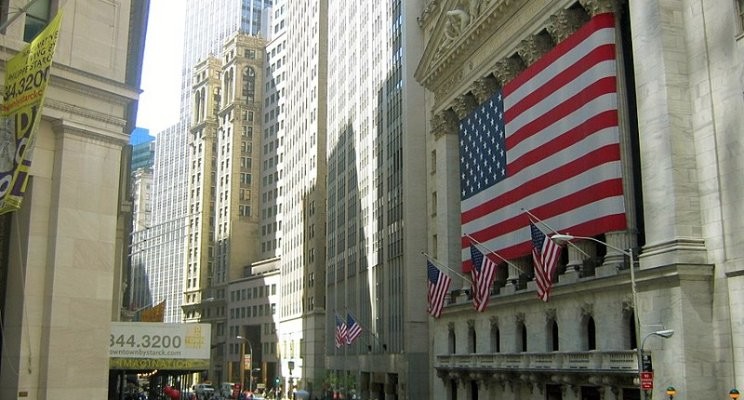
(Photo : LinkedIn)
US markets
- U.S. stocks saw modest gains following the Federal Reserve's rate cut, sparking renewed market interest.
- Fed officials' comments led to initial trader bets favoring a larger Fed move at its upcoming November meeting.
- U.S. business activity remained steady in September, with potential signals of a rise in inflation.
- The market's response to the Fed's actions and other economic indicators will shape the financial landscape in the coming months.
The U.S. stock market closed with modest gains on Monday, as investors assessed the potential for a trend to develop in the week following the Federal Reserve's rate cut. This move by the Federal Reserve, coupled with comments from Fed policymakers and steady factory activity data, built on last week's sharp market rally.
The Federal Reserve's pivotal decision last week to lower interest rates pushed major indexes to monthly gains, defying the historical trend of September as a weak month for equities. This move has sparked a renewed interest in the market, with investors keenly observing the unfolding events.
On Monday, comments from three reserve bank presidents became the main focus as investors searched for clues on why the central bank kicked off its easing cycle with an outsized 50 basis-point cut.
Fed officials Raphael Bostic, Neel Kashkari, and Austan Goolsbee supported the central bank's last rate cut and voiced support for more cuts in the rest of the year. Their comments echoed the sentiments of Governor Christopher Waller, who on Friday flagged that upcoming inflation data could undershoot the Fed's 2% target.
This led to initial trader bets favoring a larger Fed move at its upcoming November meeting, as per the CME Group's FedWatch tool. However, the bets have swayed since then and now appear to be a coin-toss, with markets expecting a total reduction of 74 basis points by year-end, according to LSEG data.
This shift in expectations reflects the dynamic nature of the market and the influence of various factors on investor sentiment.
Market Response and Future Expectations
On the data front, U.S. business activity remained steady in September, while average prices for goods and services increased at the fastest pace in six months. This could potentially signal a rise in inflation in the months ahead, a factor that investors and policymakers will be closely monitoring.
Sam Stovall, chief investment strategist of CFRA Research in New York, commented on the current market situation, stating, "I think investors are still just sort of taking a wait-and-see attitude, if indeed a soft landing is the most likely outcome."
The Dow Jones Industrial Average rose 61.29 points, or 0.15%, to 42,124.65, the S&P 500 gained 16.02 points, or 0.28%, to 5,718.57 and the Nasdaq Composite gained 25.95 points, or 0.14%, to 17,974.27. Eight of the 11 S&P 500 sectors were higher, with energy stocks leading gains with a 1.31% rise, while healthcare stocks declined 0.25%.
Among rate-sensitive growth stocks, Tesla jumped 4.65%, while Meta Platforms rose 0.6% after Citigroup lifted its price target on the stock.
The Russell 2000 index, tracking small caps, was off 0.25%. All eyes are now on Friday's personal consumption expenditures figure for August - the Fed's preferred inflation gauge. Analysts say this release will be the week's most significant catalyst. Among top movers, Intel rose 3.05% after a media report said Apollo offered to make an investment of as much as $5 billion in the chipmaker.
Historical Perspective and Market Performance
General Motors slipped 1.72% after Bernstein downgraded the carmaker's stock to market perform from outperform. Advancing issues outnumbered decliners by a 1.48-to-1 ratio on the NYSE. There were 505 new highs and 36 new lows on the NYSE. The S&P 500 posted 62 new 52-week highs and one new low while the Nasdaq Composite recorded 80 new highs and 123 new lows.
This recent market activity is reminiscent of the 2008 financial crisis when the Federal Reserve also cut rates in response to the economic downturn. However, the current situation differs significantly as the economy is not in a recession, but rather adjusting to the ongoing impacts of the COVID-19 pandemic and other global events.









